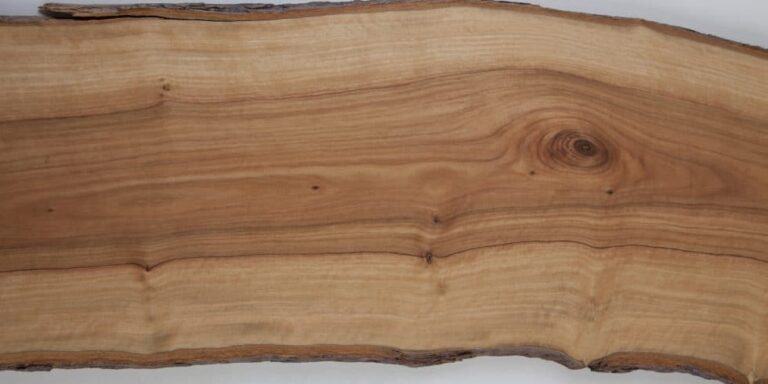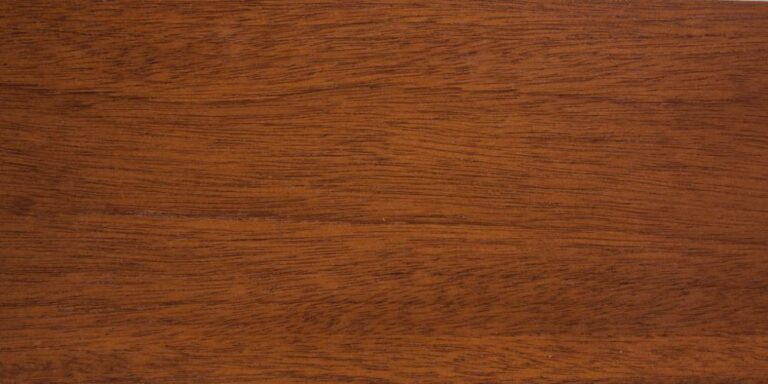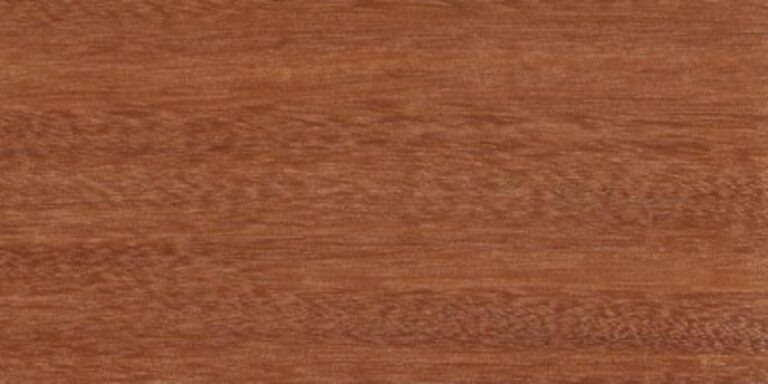Species
Already know what you're looking for?
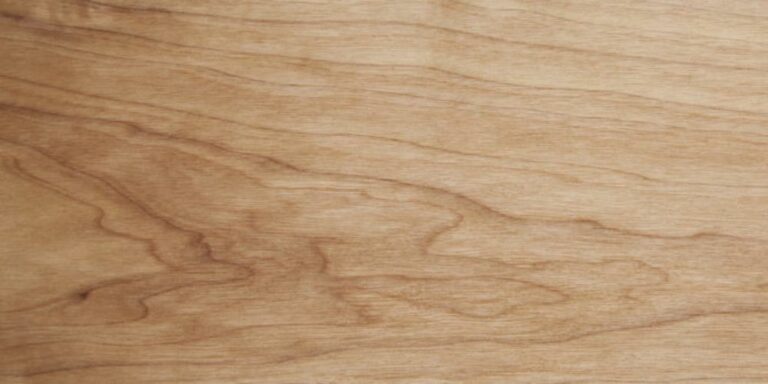
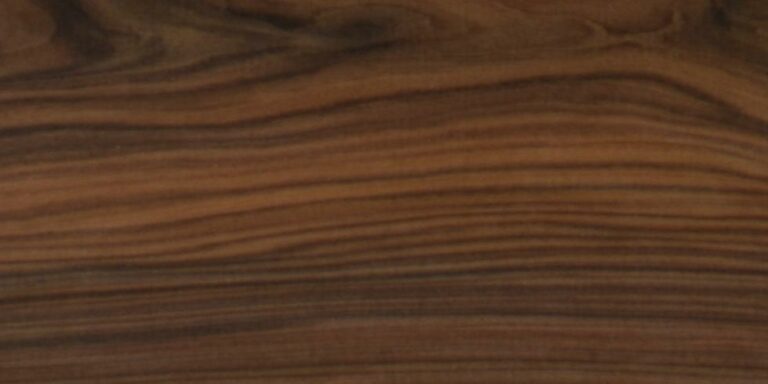
cabinetry, flooring, furniture, lutherie, musical Instruments, specialty items, turnings, veneer
Detail
Common Uses
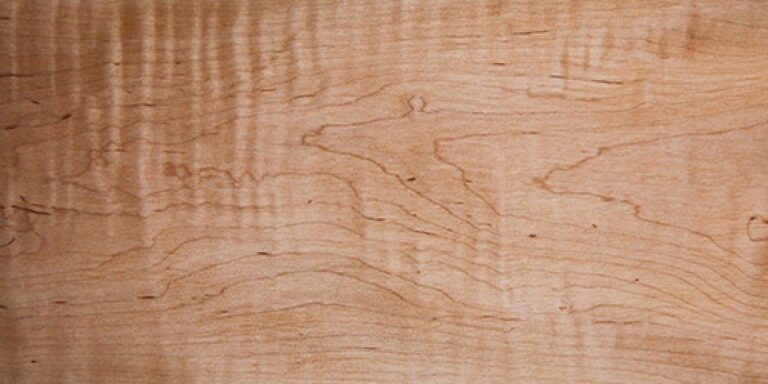
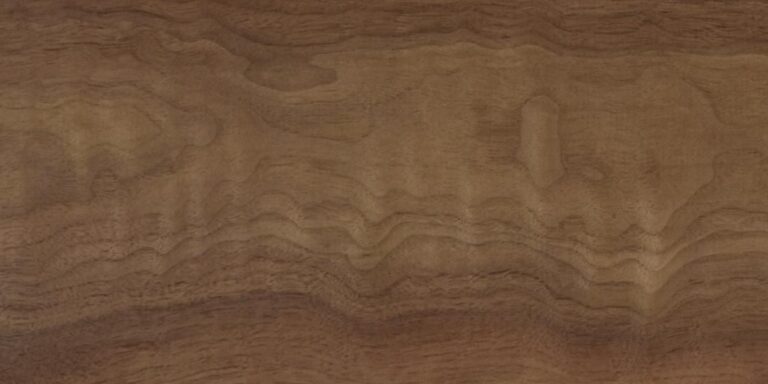
cabinetry, furniture, gun stocks, interior panelling, specialty items, turnings, veneer
Detail
Common Uses
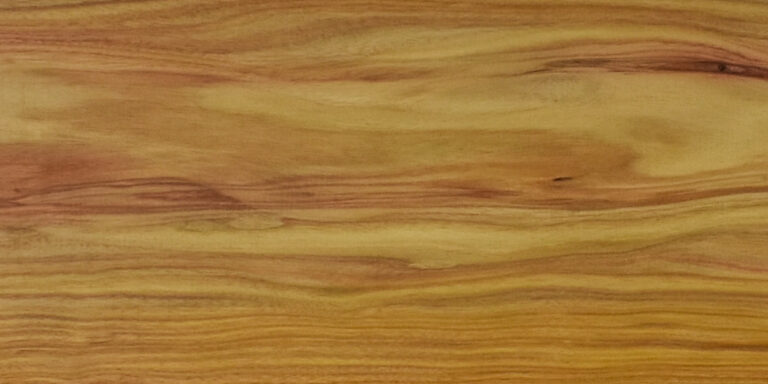
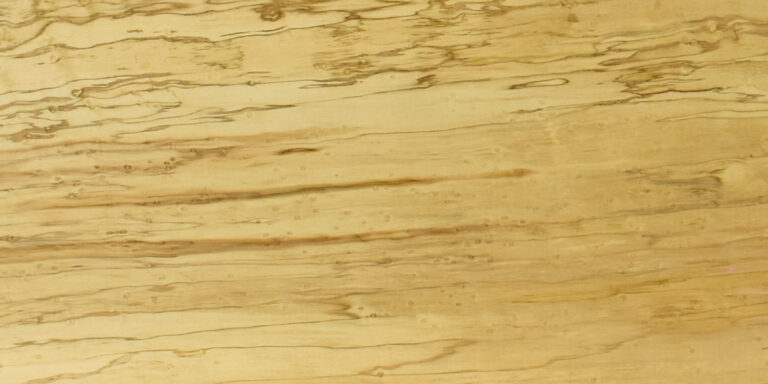
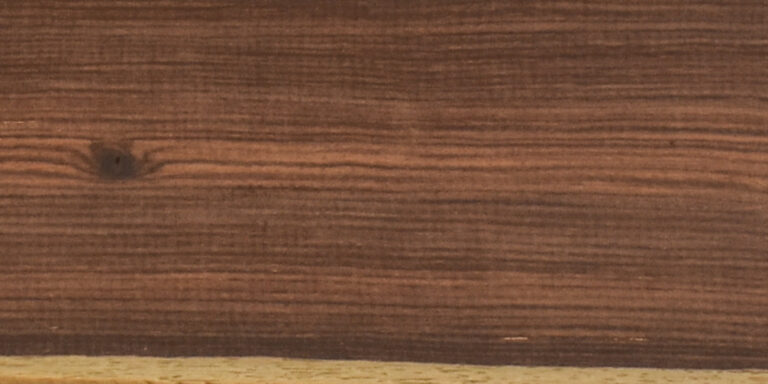
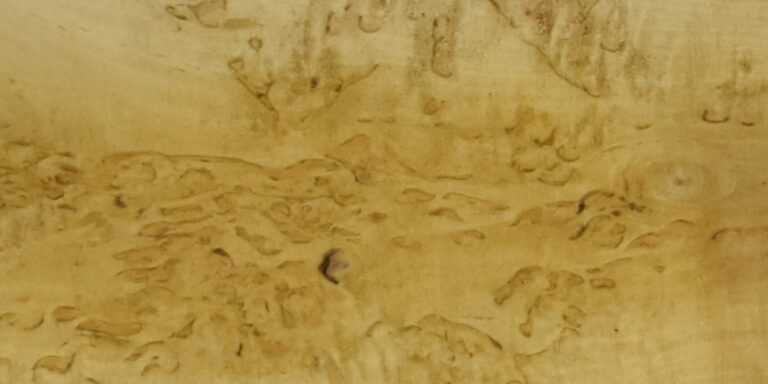
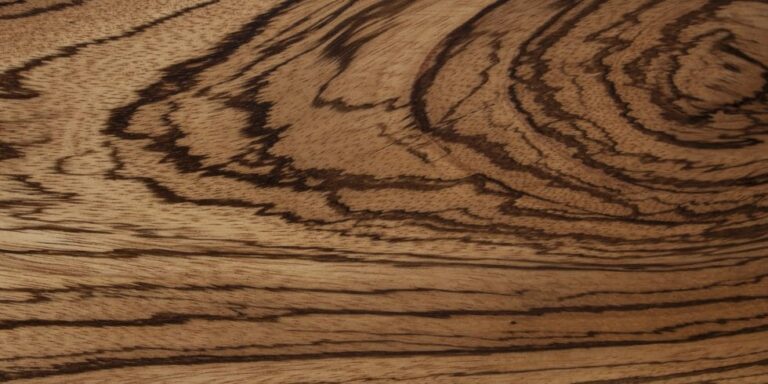
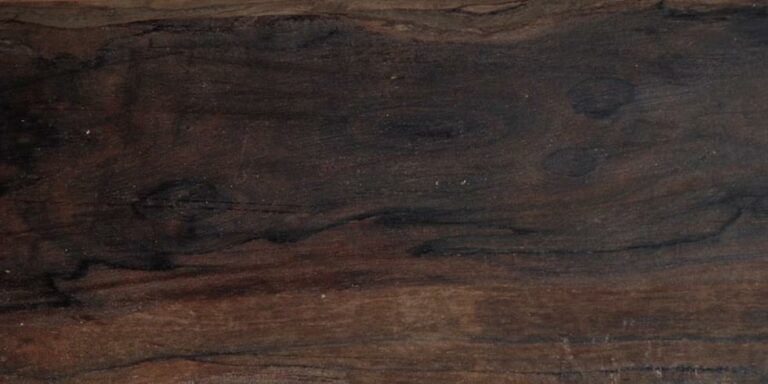
cabinetry, flooring, furniture, gun stocks, joinery, lutherie, musical Instruments, specialty items, trim, turnings, veneer
Detail
Common Uses
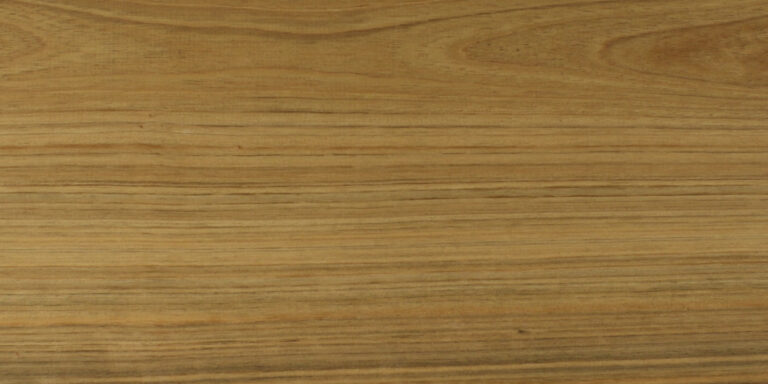
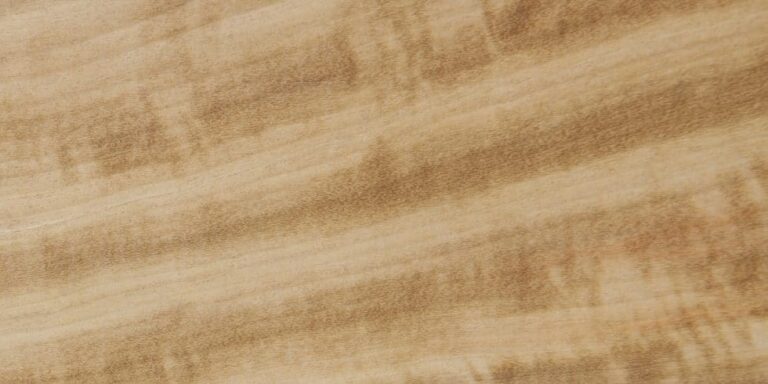
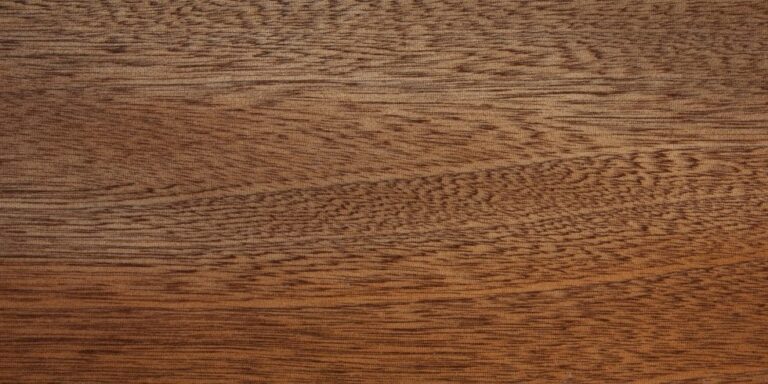
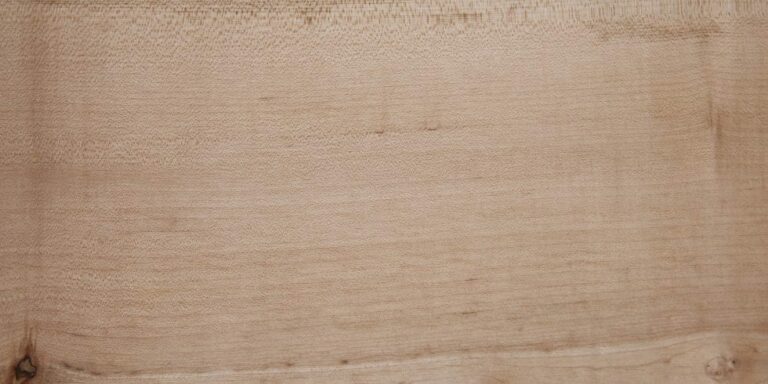
cabinetry, flooring, furniture, joinery, millwork, musical Instruments, specialty items, turnings, utility lumber, veneer
Detail
Common Uses
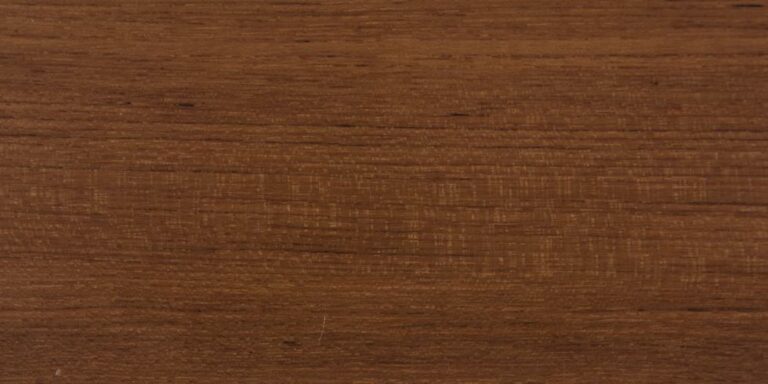
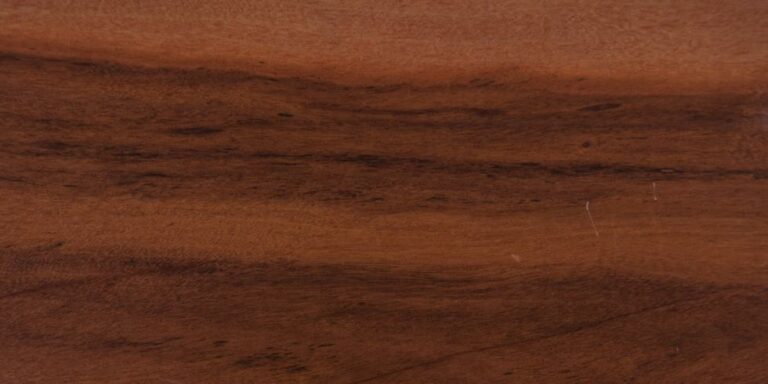
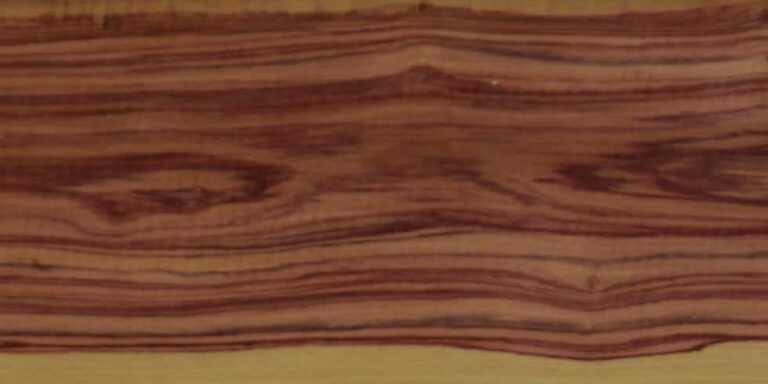
bandings, bows, boxmaking, inlay, musical Instruments, pool cues, specialty items, turnings, veneer
Detail
Common Uses
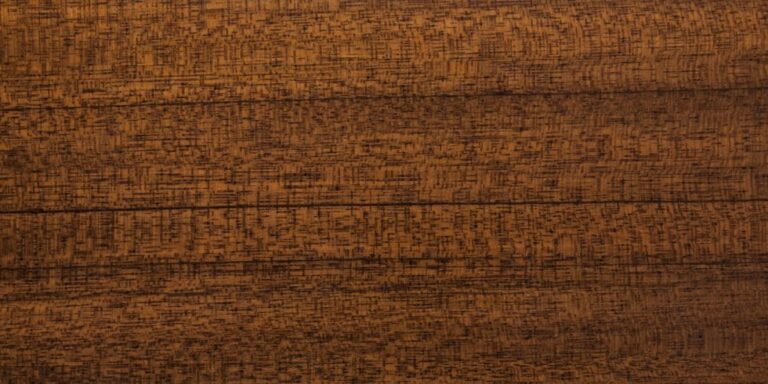
boatbuilding, cabinetry, carving, flooring, furniture, gun stocks, joinery, paneling, specialty items, turnings, veneer
Detail
Common Uses
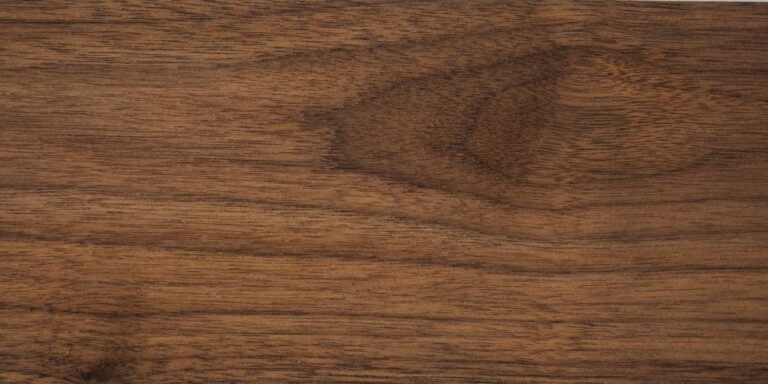
cabinetry, furniture, gun stocks, interior panelling, specialty items, turnings, veneer
Detail
Common Uses
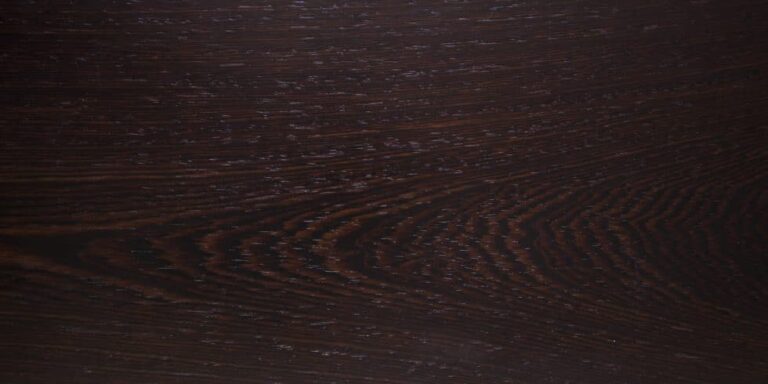
bows, cabinetry, flooring, furniture, handles, paneling, specialty items, veneer, walking sticks
Detail
Common Uses
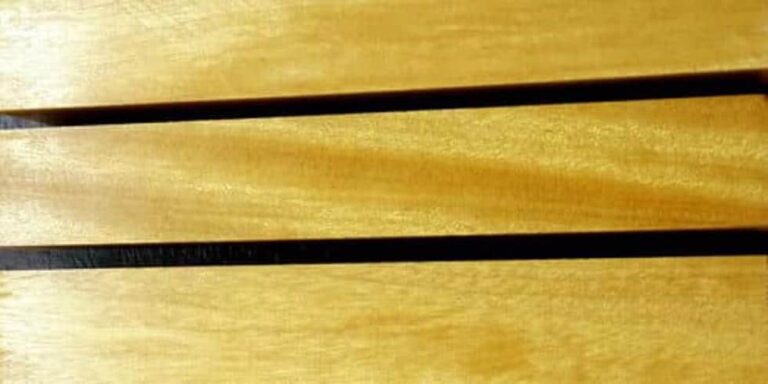
boatbuilding, cabinetry, carving, flooring, furniture, handles, inlay, musical Instruments, trim, turnings, veneer
Detail
Common Uses
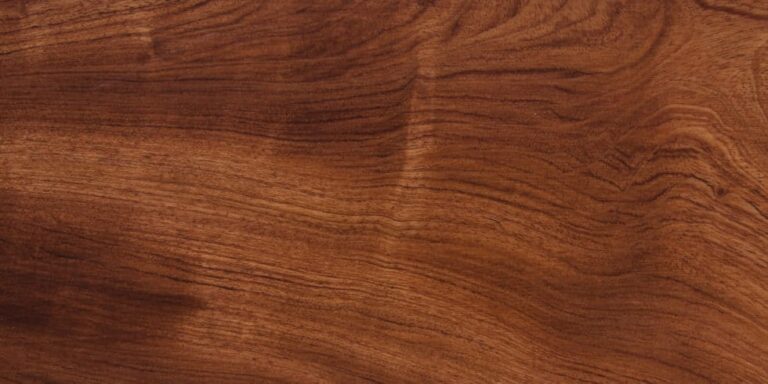
boatbuilding, decking, flooring, furniture, millwork, specialty items, turnings, veneer
Detail
Common Uses
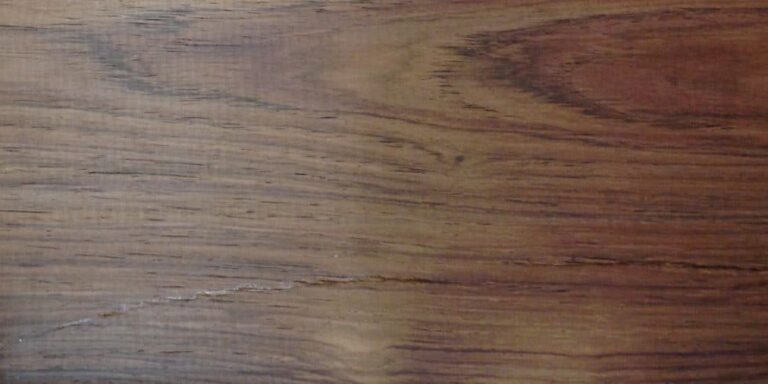
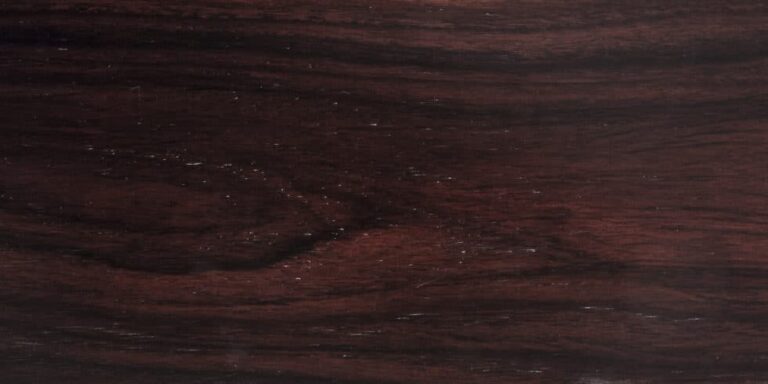
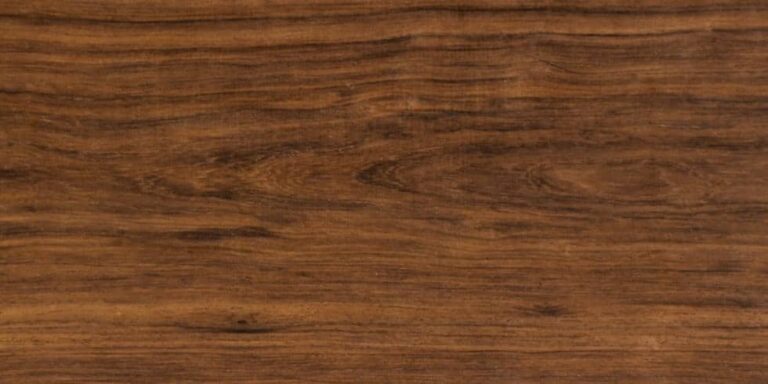
boatbuilding, cabinetry, carving, flooring, furniture, inlay, specialty items, trim, turnings, veneer
Detail
Common Uses
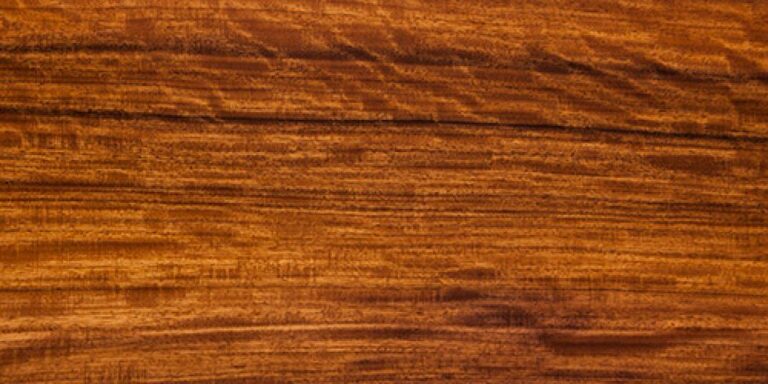
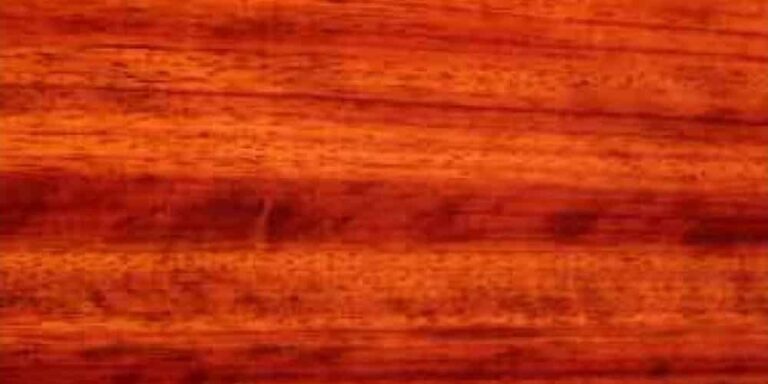
flooring, furniture, handles, specialty items, trim, turnings, utility lumber, veneer
Detail
Common Uses
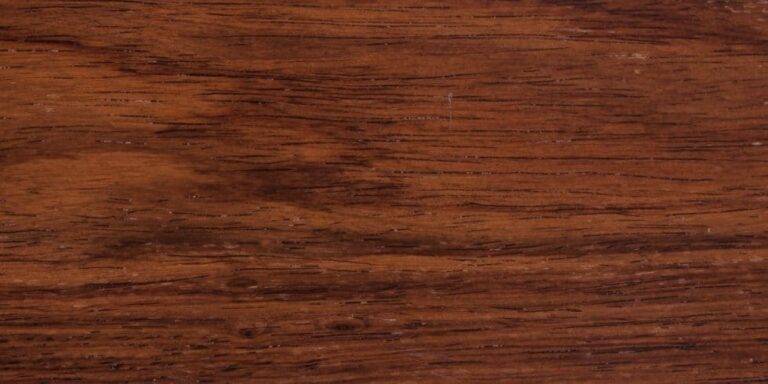
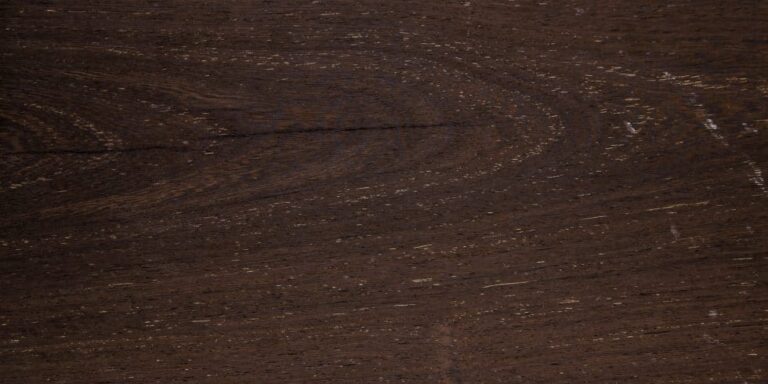
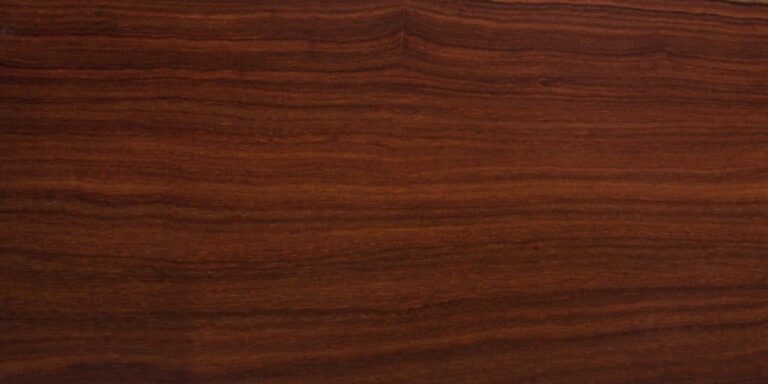
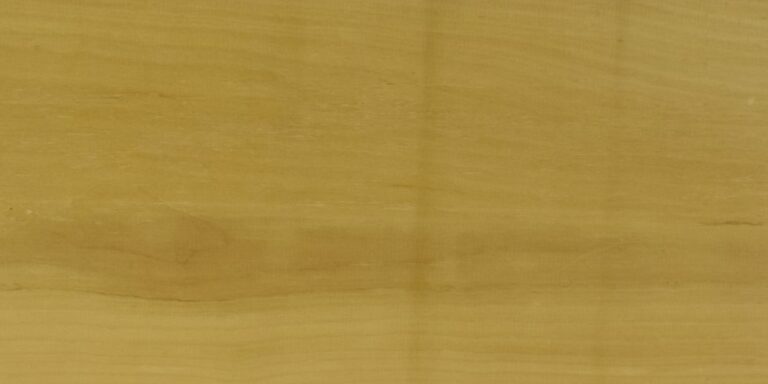
cabinetry, canoes, carving, flooring, furniture, handles, oars, paneling, specialty items, turnings, veneer
Detail
Common Uses
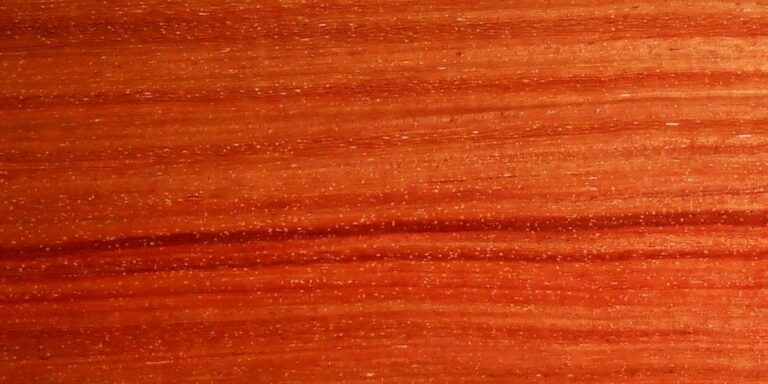
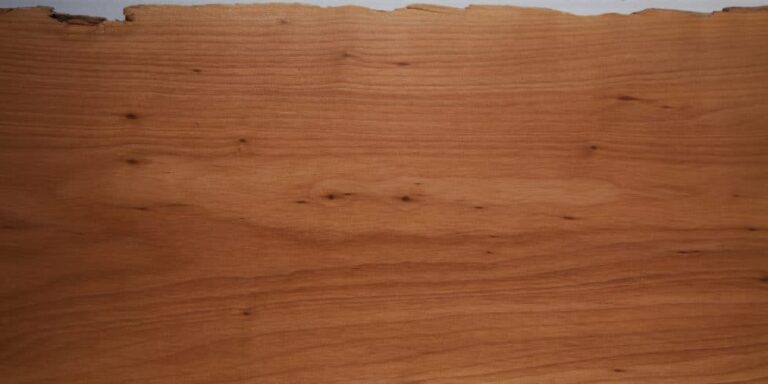
cabinetry, carving, furniture, inlay, millwork, musical Instruments, turnings, veneer
Detail
Common Uses
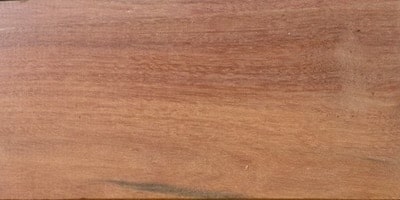
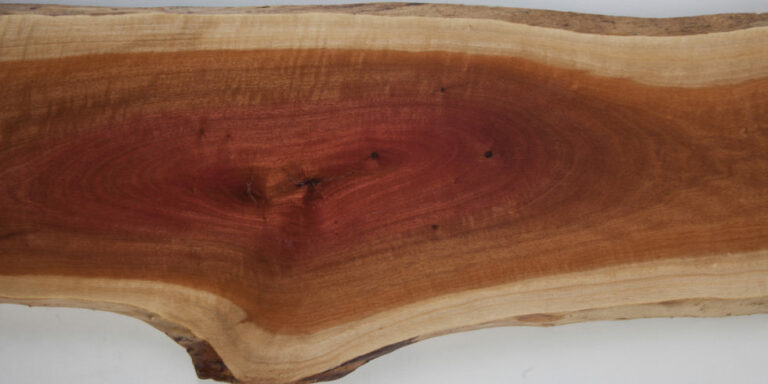
chess pieces, inlay, knife handles, musical Instruments, pool cues, specialty items, turnings, veneer
Detail
Common Uses
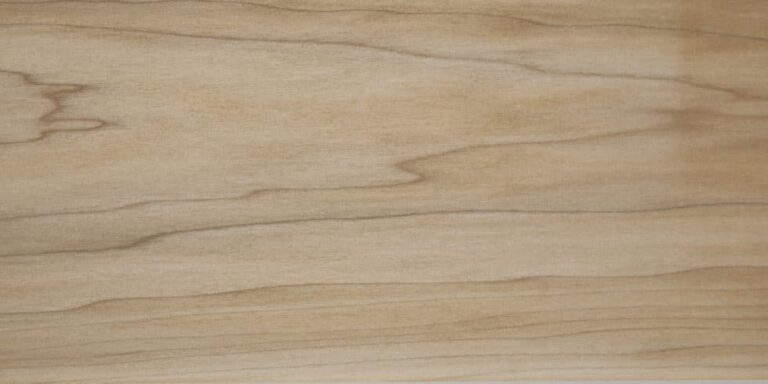
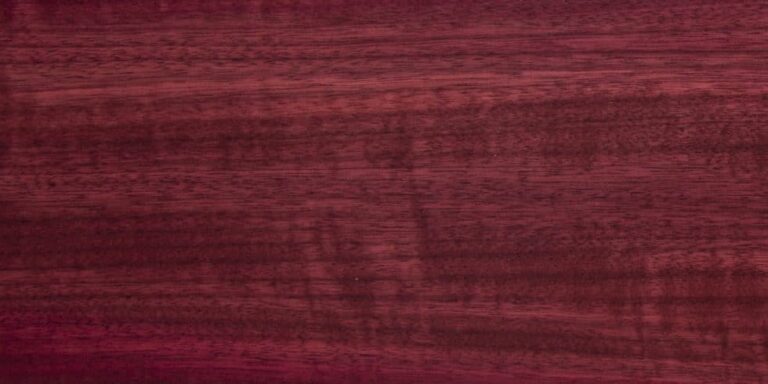
boatbuilding, cabinetry, carving, decking, flooring, furniture, inlay, specialty items, turnings, veneer
Detail
Common Uses
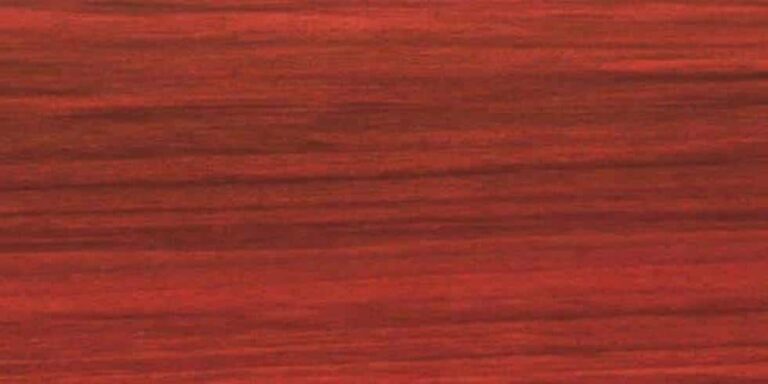
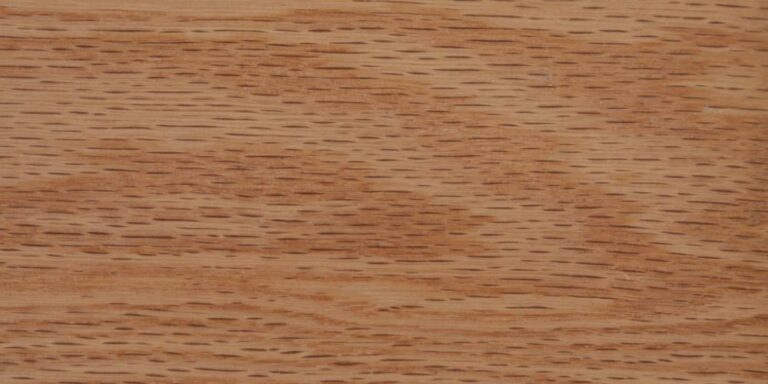
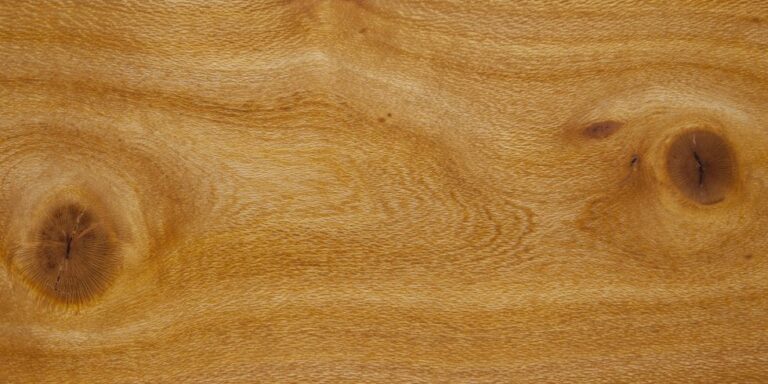
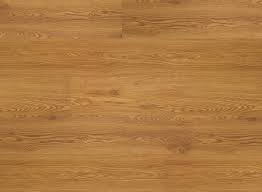
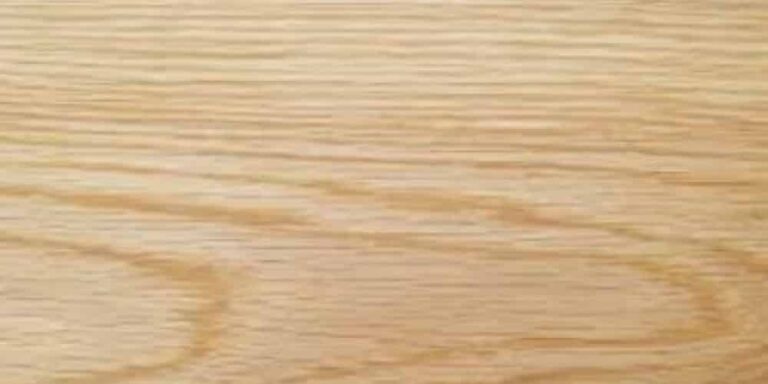
boatbuilding, cabinetry, carpentry, flooring, furniture, veneer, wine barrels
Detail
Common Uses
